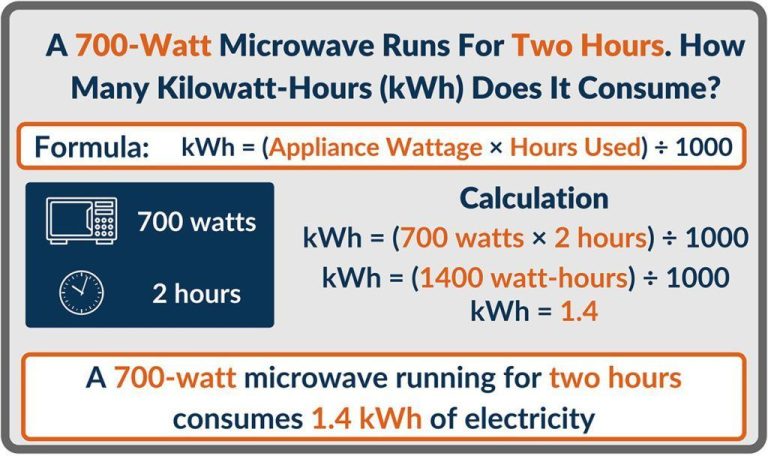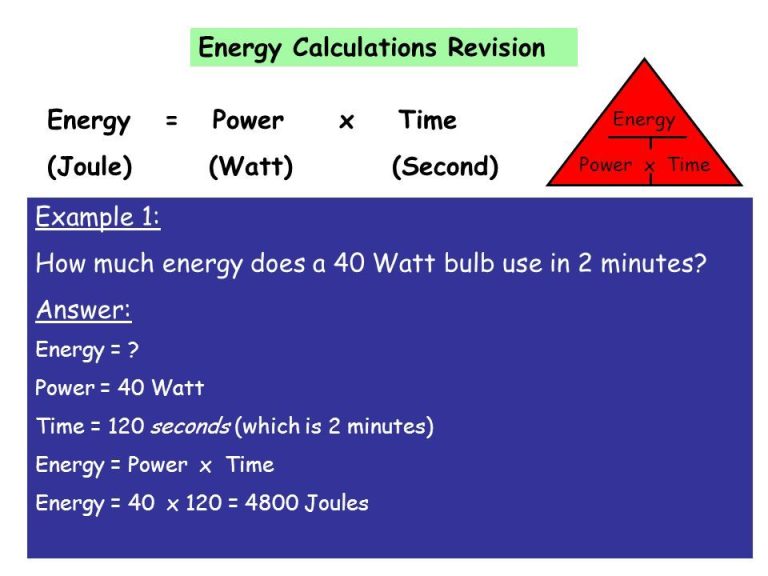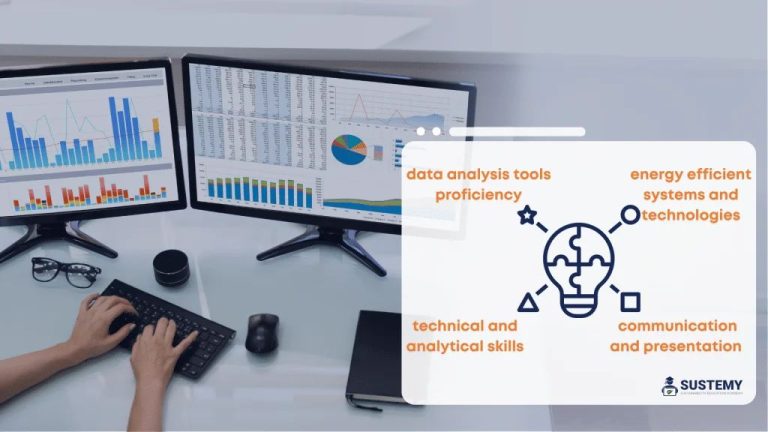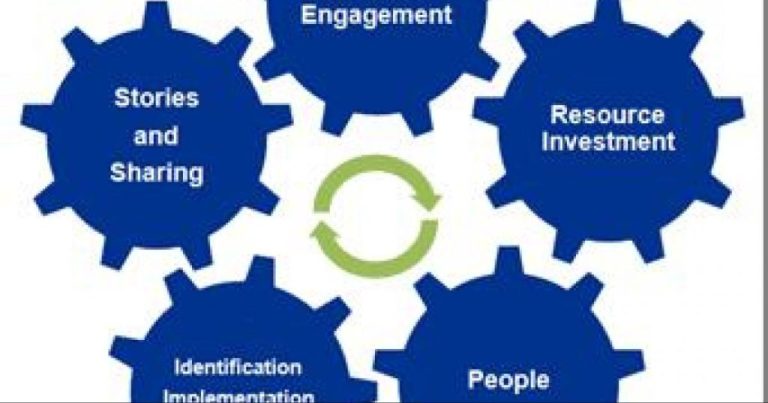Do Renewable Resources Have Limits?
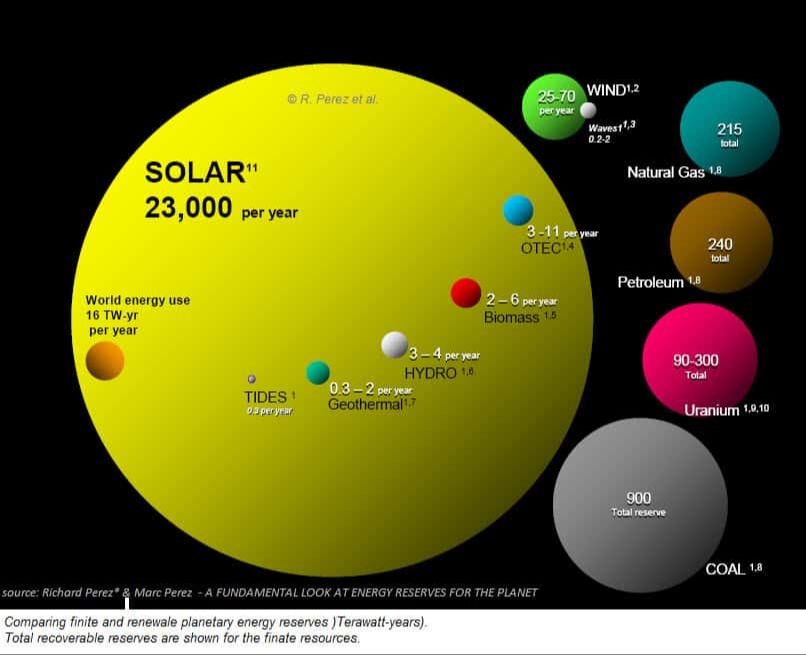
Renewable resources are materials that can be replenished naturally over time, such as sunlight, wind, water, plants, and geothermal heat (Study.com, 2022). Understanding whether renewable resources have limits is critical, as these resources provide alternative energy options to finite fossil fuels. If renewable resources have constraints on their availability or rate of replenishment, that could impact how much societies can rely on them to meet energy needs. Examining factors like growth trends, geographic distribution, economic viability, environmental impact, and public perception provides insights into the potential limits of renewables.
Popular Renewable Resources
Some of the most commonly used renewable energy sources around the world include solar, wind, hydroelectric, and geothermal power. Solar energy harnesses the sun’s rays to generate electricity via photovoltaic panels. It is one of the fastest growing renewable sources, with global capacity reaching over 580 gigawatts in 2019 [1]. Wind power converts the kinetic energy of wind into mechanical power through wind turbines. Total global wind capacity was over 650 gigawatts in 2019 [1]. Hydropower utilizes the energy of flowing water, often from dams, to generate electricity. It accounts for over 16% of global electricity production [2]. Geothermal power harnesses heat from under the earth’s surface to produce steam to drive turbines. The top countries for geothermal capacity include the U.S., Philippines, and Indonesia [3].
Resource Availability
While renewable energy sources like solar, wind, hydropower and geothermal are continuously replenished, there are potential limits and availability constraints that need to be considered. For example, solar energy relies on sufficient sunlight, which can vary considerably by geographic location, weather and time of day. Solar potential is highest in sunny, arid regions like the southwestern United States. Cloudy periods and nighttime reduce output. There are also potential space constraints for large-scale solar installations.
The availability of wind energy depends on average wind speeds, which are usually higher in coastal regions, open plains and hilltops. According to the U.S. Department of Energy, wind power could potentially supply over 10 times total current global energy demand. However, it would require wind farms across vast geographic areas, not just the windiest locations. There are also concerns about visual impact and effects on wildlife.
Hydropower relies on flowing water, which is limited by geography, drought and competing water needs. Most suitable sites in developed countries have already been utilized. Expanding hydropower substantially would require disrupting remaining free-flowing rivers. Geothermal energy is restricted to tectonically active areas which have hot subsurface water and rock. While the technical potential is enormous, geothermal can only be extracted at a competitive cost in select regions.
Overall, while renewable resources are replenished naturally, there are geographic, climatic and land use constraints on large-scale availability. A diverse mix of sources helps compensate for the variability and site-specific nature of most renewables.
Growth Trends
Renewable energy capacity is projected to grow rapidly over the next few years. According to the International Energy Agency (IEA), renewable power capacity is expected to increase globally by over 260 gigawatts (GW) in 2023, an amount that would surpass the record growth experienced in 2021 (IEA). This growth is being driven primarily by solar photovoltaics (PV), which are projected to account for over two-thirds of the increase. The IEA predicts continued strong growth for solar PV in 2024 as well.
Looking further ahead, growth is expected to accelerate. Total renewable power capacity is projected to nearly double between 2020 and 2026, increasing by over 2300 GW according to Deloitte analysis (Deloitte). Key factors propelling this growth include declining technology costs, supportive government policies, and increased competitiveness with fossil fuel generation. Falling prices have made wind and solar power cost competitive in many markets globally. This cost advantage, combined with their environmental benefits, is making renewables an increasingly attractive option for utilities, businesses, and consumers.
Geographic Constraints
The viability of renewable energy depends heavily on geographic location. Some renewable sources like solar, wind, and hydro power require specific conditions to operate optimally. For example, solar farms fare best in sunny, arid locations without much cloud cover such as deserts. Wind turbines require consistent wind speeds, often found in plains, mountain passes, and offshore sites. Hydropower needs flowing water and suitable terrain to build dams. According to a 2021 study titled “Geophysical constraints on the reliability of solar and wind power in the United States” published in Nature Communications (https://www.nature.com/articles/s41467-021-26355-z), the highest quality solar and wind resources are concentrated in certain regions of the U.S., making it difficult to scale renewables nationally. There are also land constraints, with suitable areas limited. Protests over land usage for large solar farms are increasing in the U.S. according to a McKinsey report (https://www.mckinsey.com/industries/electric-power-and-natural-gas/our-insights/renewable-energy-development-in-a-net-zero-world-land-permits-and-grids). Overall, geographic factors significantly impact the potential and economics of renewable energy.
Economic Factors
The economics of renewable energy plays a significant role in determining the limits and viability of scaling up various renewable resources like solar, wind, and hydroelectric power. Renewable energy has historically been more expensive than conventional fossil fuels, but costs have declined dramatically in recent years (https://www.brookings.edu/articles/ten-economic-facts-about-electricity-and-the-clean-energy-transition/).
One economic consideration is the upfront investment required to build renewable generation capacity and associated transmission infrastructure. While these costs are dropping, they remain higher than building a new natural gas power plant. However, over the lifetime of a renewable asset, lower fuel costs and operating expenses make renewables more cost-competitive (https://knowablemagazine.org/content/article/food-environment/2020/cost-of-renewable-energy).
The renewable energy industry also creates more jobs per unit of electricity generated compared to fossil fuels. Scaling up renewable capacity can provide major employment opportunities, but may also disrupt legacy energy jobs. Policymakers will need to balance these tradeoffs. Overall, most research points to net job creation from the continued expansion of renewable energy.
Environmental Impact
Expanding renewable energy can provide significant environmental benefits, but scaling up also creates sustainability challenges. According to the U.S. Department of Energy, renewable energy generates far fewer greenhouse gas emissions than fossil fuels https://www.energy.gov/eere/environmental-impacts-clean-energy. However, large-scale solar, wind, hydroelectric and biomass projects can negatively impact wildlife habitats and land use. The Union of Concerned Scientists notes that while renewable technologies are a vast improvement over fossil fuels, hydropower dams and wind turbines can disrupt local ecosystems if not properly sited https://www.ucsusa.org/resources/environmental-impacts-renewable-energy-technologies. Further research is needed to develop renewable energy while minimizing environmental tradeoffs.
Political Landscape
The political landscape around renewable energy is complex. While many governments publicly support renewable energy development, some policies work against it. According to research from Brookings, “The nation’s fossil fuel communities…wield outsized political power” which leads to pro-fossil fuel policies and resistance to pro-renewables policies like carbon pricing (source). However, public opinion polling shows broad support for government action on renewables, with 77% of Americans supporting carbon neutrality by 2050 (source). There are also concerns about the influence of greed and money in politics slowing the transition to renewables according to analysis from The Bulletin of Atomic Scientists (source). Overall, while government policies are not always supportive, public opinion and market forces continue pushing the growth of renewable energy.
Public Perception
Recent polls and surveys indicate strong public support for renewable energy in the United States. A Pew Research Center survey from March 2022 found that 69% of Americans believe developing renewable energy should be the more important national priority compared to expanding fossil fuel production. Another Pew survey from June 2023 showed 82% of adults favor increasing solar panel farms and 75% support more wind turbines. According to the Clean Power organization, a national survey found 80% of voters believe renewable energy is as reliable or more reliable than traditional sources. This demonstrates broad public approval for transitioning to renewable resources.
Conclusion
In summary, renewable resources are not without limit. Key factors that may restrict their availability and growth include access to the resources themselves, geographic variances, costs, and the social and political policies surrounding their development and use. While renewables have seen increasing popularity and adoption, their growth and impact depends heavily on forces both within and outside the energy industry. There remain logistical, economic, and political hurdles to scaling renewable adoption.
Overall, renewable energy sources have potential to play an important role in our future. Yet claims that they offer unlimited, unconstrained energy are overly optimistic. Renewables face real-world limits, and will likely exist alongside, rather than wholly replace, fossil fuels. A balanced view is needed, recognizing both the promise and restrictions of renewable resources. Their growth will require confronting complex challenges around access, infrastructure, policy, and more. With thoughtful planning and innovation, renewables can expand without overpromising. But the path forward will require acknowledging not just their strengths, but their limitations.

